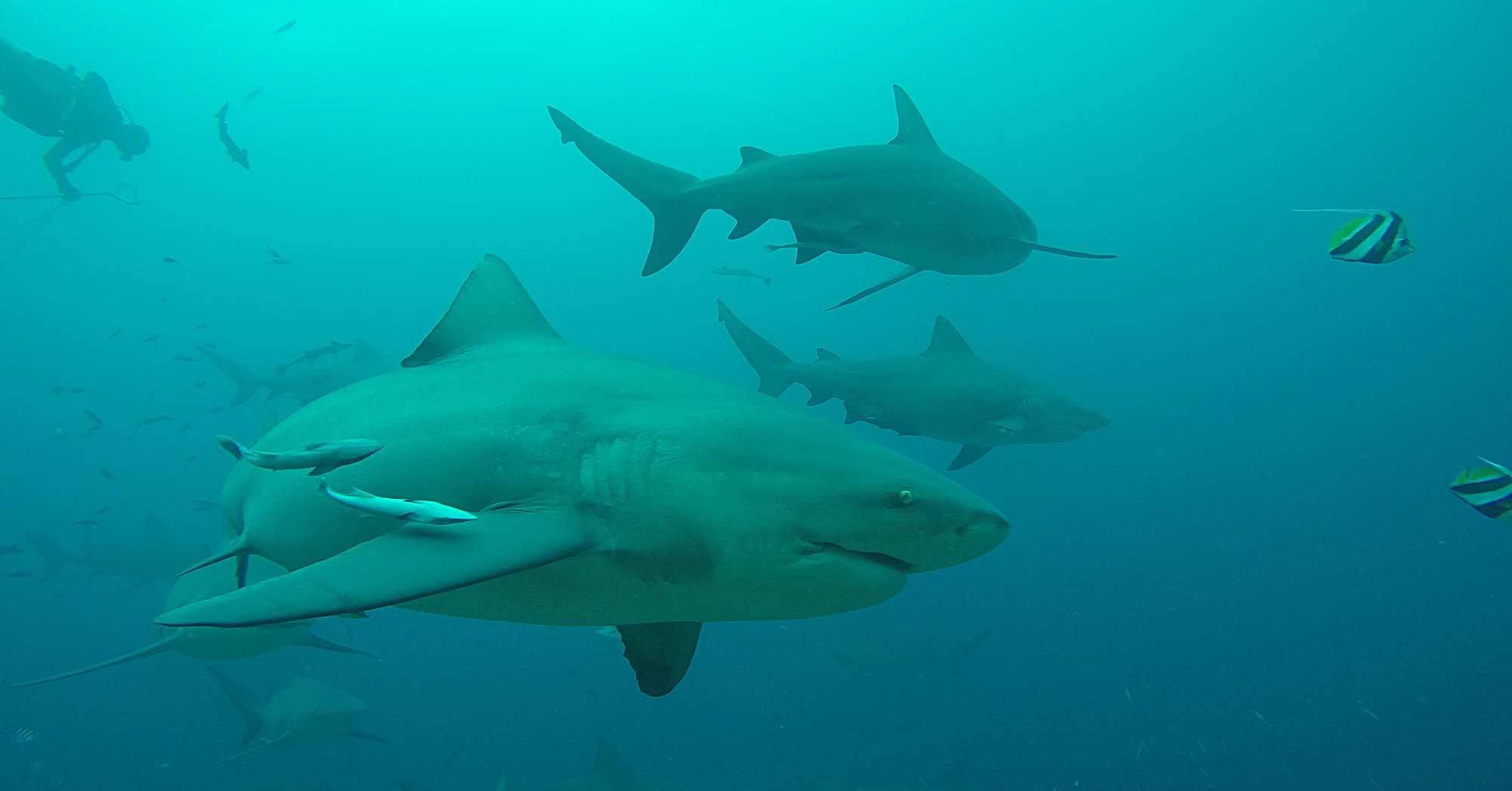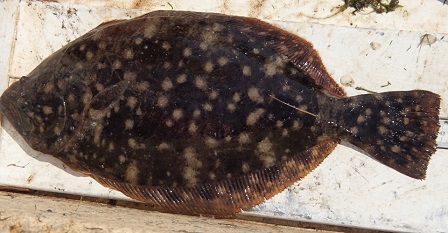NATURALIST’S NOTEBOOK: CAROLINA BAYS: Another Man’s Treasure
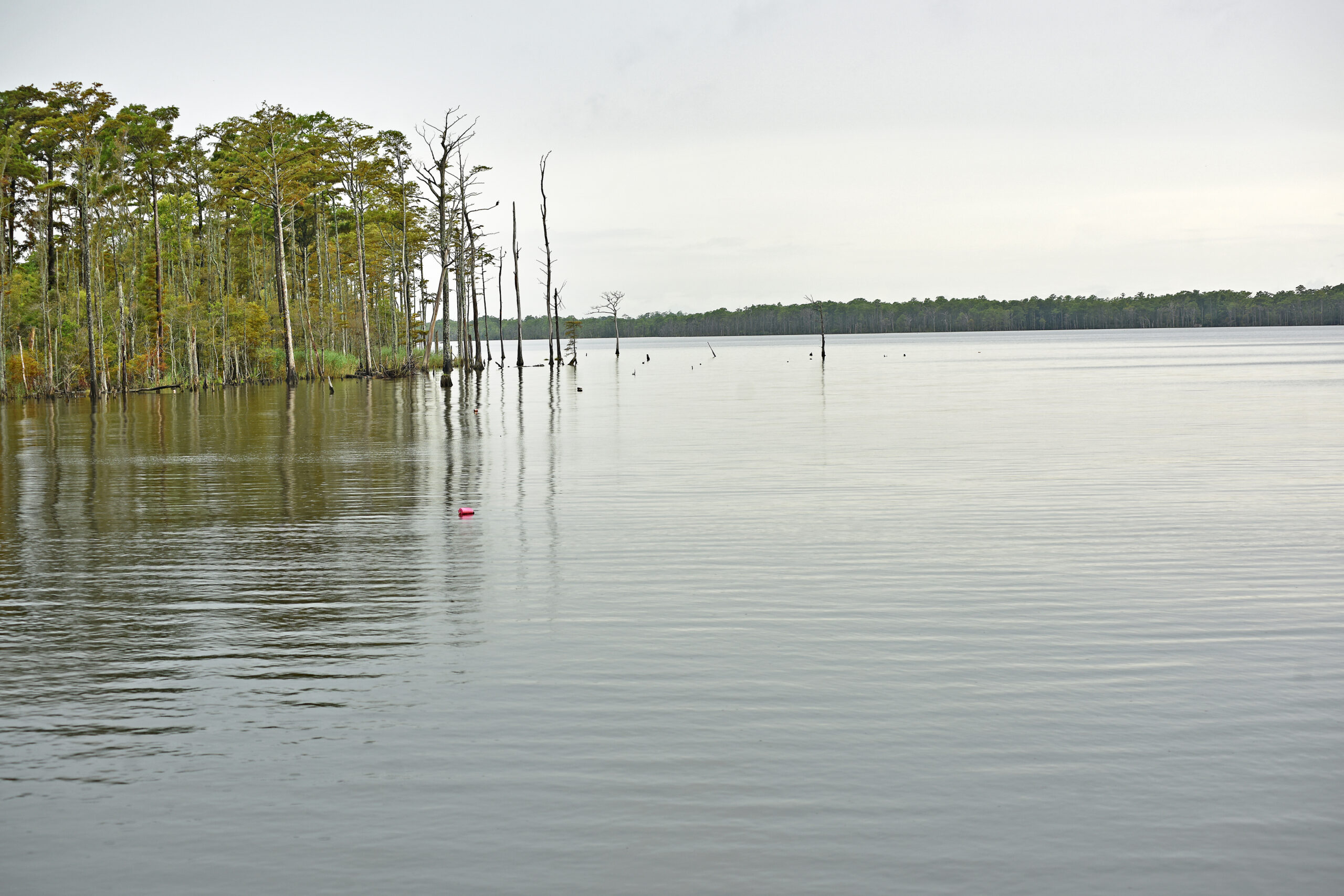
Janna Sasser is a communications intern with North Carolina Sea Grant. She is a senior communications major at North Carolina State University.
The Waccamaw Siouan Indians say thousands of years ago, the night sky flared incandescent as a meteor fell ablaze from the west and struck earth. As surrounding swamps and rivers flowed into the concaved ground, cooling the basin and its waters to hues of blue and green, Lake Waccamaw was created.
“We are the ‘People of the Falling Star,'” the North Carolina tribe declares.
Sure enough, sand rims the southeastern edge of the lake, fueling speculation of a potential impact from the northwest. Locals dock their boats at this “beach” every season.
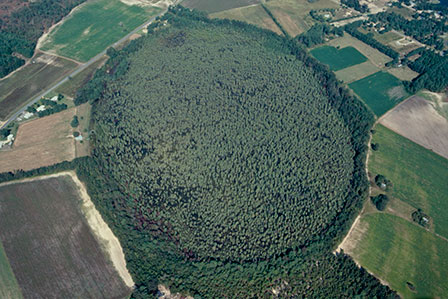
Doubt the legendary origin? Welcome to the enigma of the Carolina bays.
“I’ve seen a range of estimates from 400,000 to 2.5 million bays in the Southeast U.S.,” explains Jerry Reynolds of the North Carolina Museum of Natural Sciences. “They are found from Maryland to Georgia, but are much more plentiful in North and South Carolina.”
Many of these distinct oval-shaped depressions, uniformly aligned in a northwest-to-southeast orientation, are found along North Carolina’s southeast coastal plain.
For Terri Kirby Hathaway, North Carolina Sea Grant’s marine education specialist, the bays’ value as a habitat for many of the state’s rare plant and animal species is clear.
“Carolina bays are significant to preserving the bounty and diversity of the wildlife we enjoy along our coastal plain — and conservation of these areas is important,” Hathaway explains.
The bays also offer recreational opportunities, she adds.
THEORIES OF ORIGIN
“It basically comes down to four ‘big bang’ theories,” says Toby Hall, superintendent at Lake Waccamaw State Park. Among more than a dozen common hypotheses about the formation of Carolina bays, the four highlighted by the North Carolina Division of Parks and Recreation are:
- Subsurface limestone deposits giving way to sinkholes.
- Giant schools of fish excavating depressions on the ocean floor with their tails for spawning, when ocean covered the region.
- Meteorite showers striking the earth causing depressions in the land.
- Natural circular depressions elongated by prevailing winds and waves.
The emergence of aerial photography in the 1930s revealed the big picture — thousands of perfectly shaped ovals in eerily uniform alignment, sprinkling the Eastern seaboard. The images exposed a phenomenon that caught the attention of farmers and researchers alike.
And though numerous theories about their origin have been proposed since then, a universal agreement is, determinedly, undetermined.
Hall explains that the oriented lake theory — depressions caused by wind and water — currently has the most credence. It suggests that as the ocean retreated, pools of water remained. Strong winds and consequential waves from the north-northeast elongated the ponds into their present elliptical shape.
Still, a popular hypothesis does not stray far from Native American folklore.
The meteorite theory suggests large meteorites struck the Atlantic coastal plain, creating a series of small craters. As time passed, these small depressions filled with water.
Proponents of this theory note that extraterrestrial origin is supported by the elliptical shape, parallel alignment and systematic arrangement of the bays’ elevated rims. However, this idea is not widely accepted.
Scientists note that no meteor fragments have been found on or near a Carolina bay, Hall adds. “Also, the crater impact would have been much deeper, considering most Carolina bay lakes are very shallow,” he explains.
TEST OF TIME
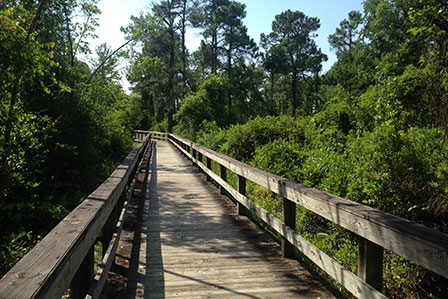
Some don’t consider Lake Waccamaw, along with other similar lakes, to be Carolina bays because they connect to no larger body of water, nor are they restricted to the Carolinas.
While a master’s candidate at North Carolina State University in 2004, Britta P. Lees noted the term “bay” was first coined by European settlers who noticed the bounty of loblolly bay, sweet bay and red bay trees growing along the banks of the small swamps.
While other natural landscapes of the Americas were being named and noted, these low wetlands — unique reservoirs housing a wealth of beautiful and unfamiliar plant and animal species — remained inconspicuous. For some, dense swamp forests inhabited by water snakes, thicketed by impenetrable thorns and bottomed in black peat muck warranted draining, with the rich organic soil being used for farmland.
Lees explains that throughout the 19th and 20th centuries, a majority of bays were lost this way. Others were cleared by loggers who sought the abundant cypress and oak trees protected by the swampy moat for lumber.
An estimated 79 percent of bays in North and South Carolina have been cleared of native vegetation. “More than 95 percent of Carolina bays in Bladen County were unaltered prior to 1974. By 1981, 25 percent of those had been developed and 15 percent were under conversion,” Lees notes.
Yet, she points out that unaltered bays function as wildlife habitat for several endangered animals and rare plants, and support an array of unique communities of species.
“They certainly are refuges for some wildlife as more arable land is converted to farmland, developments or tree farms,” adds Reynolds. “They also hold water, to a point, during periods of drought, offering refuge to animals and plants.”
Timothy David Nifong agrees. Within the past two decades, he has counted 65 “special status” plant species that make their homes in the bays of North and South Carolina alone. His doctoral research at the University of North Carolina at Chapel Hill iterates the remarkable environmental and vegetational diversity that occurs within Carolina bay depressions in the Carolinas.
OPEN LAKES
No two bays are alike. Each has a unique combination of flora and flauna. Some are typical pocosin depressions — boggy wetlands filled with thick layers of peat; shallow, stagnant water; a tangle of bay trees, vines and briars. But one also can find forests filled with longleaf pines, grassy savannas scattered with cypresses, or the sandy sliver of a transitional zone preferred by the rare Venus flytrap.
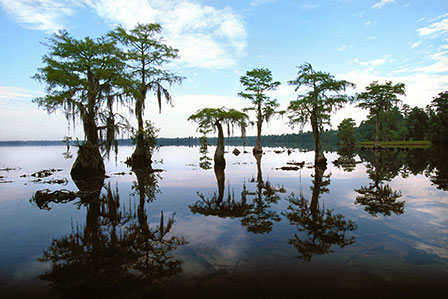
Some bays fed by additional subterranean waters have remained as open lakes. Reynolds explains that some of these larger, water-filled lakes now are state parks, state game lands or in private ownership. Though White Lake in Bladen County is one of six Carolina bay “lakes” preserved by the N.C. Division of Parks and Recreation, Reynolds notes that its surrounding lands are privately owned.
White Lake, fed by a spring at the bottom of the lake, has crystal-clear waters and a sandy white bottom. Tannin — an acid produced by decomposing vegetation and responsible for the tea-colored waters of other bay lakes — is less present in this lake, resulting in a higher number of fish species that live there.
Travel a short distance south to find another example. “Lake Waccamaw is probably the most unique of the bay lakes,” Reynolds notes. “Some even refuse to call it a Carolina bay.”
That’s because Lake Waccamaw has a unique water quality resulting in a highly productive habitat. A number of endemic species exist solely in the lake. At 8,938 acres, it is the largest water-filled bay depression in the state.
“The north shore of the lake is made of a layer of limestone,” Hall notes. “Limestone neutralizes the acid coming from the creeks, making the water a neutral pH.” He explains that the lake’s particular pH allows for a high diversity of plant and animal species.
Along with five species on the state’s rare plant list — the Venus-hair fern, green-fly orchid, seven-angled pipewort, narrowleaf yellow pondlily and water arrowhead — Hall notes seven animal species endemic to Lake Waccamaw.
The Waccamaw silverside, a minnow-like fish, swarms the waters by the hundreds. Stay idle too long and you might feel a tickle on your legs. And exploring along the sandy banks will reveal numerous tiny spike mussels. “In some areas of the lake, you can find up to 132 spike mussels per square meter,” Hall adds.
At bays that remain wet throughout the year such as these open-water lakes, you might expect to find standing waters deeply shaded by cedars and pond pines, or a flittering tiger salamander emerging from the bank’s underbrush.
Beetles zip among blankets of water lilies. Domed cypresses, eerily draped with Spanish moss, can be found clustered along the banks. The deep, steady croak of a gopher frog or a distant knock from the red-cockaded woodpecker tinges the still air.
Some typical pocosin habitats also are suitable homes for rare insectivorous plants, such as the Venus flytrap and pitcher plant. Hall explains that the Venus flytrap only can be found within a 60-mile radius of Wilmington. These peculiar, sun-loving carnivores thrive along the sandy edges of a swampy bay depression.
CYPRESS SAVANNAS

Other bays frequently dry up or are dry most of the year, providing a grassy, savanna-like habitat. The N.C. Wildlife Resources Commission notes a handful of clay-based ponds in Scotland, Robeson and Hoke counties that periodically dry up, providing a habitat for wildlife species that depend on this variant.
Bruce Sorrie, then inventory specialist with the N.C. Natural Heritage Program, described one of these “cypress savannas,” Antioch Church Bay in Hoke County, as the best example of a clay-based bay in the state and one of the best in the country.
“It combines large size, excellent quality natural community, and high-ranked populations of numerous rare plants and animals,” Sorrie noted in a 2004 inventory of Hoke County’s significant natural areas.
The bay is typically shallowly flooded during winter and spring. During summer and fall, it is exposed and hosts a spread of grasses, sedges and colorful wildflowers, such as the rare awned meadowbeauty, Rhexia aristosa.
As of 2004, seven rare animals and 10 rare plants were documented residing in the bay, including one Federally Endangered species and two Federal Species of Concern. Sixteen species of amphibians also were documented for using the bay as a breeding site.
Sorrie wrote that these rare habitats are critical to the long-term viability of some plant and animal species, such as amphibians that require wetlands for breeding and uplands for nonbreeding months. “Today, the extreme rarity of clay-based Carolina bays makes it imperative to protect as many as possible,” he noted in the inventory.
Recent decades and increasing interest in wetland protections and conservation biology have revealed the true scope of environmental and plant diversity within Carolina bays. Nifong points out that this scope embraces every nonmarine wetland system found along the diverse southeastern coastal plain.
Whether a cypress savanna carpeted in colorful blooms, or still, open waters, or even a thick reservoir of undisturbed everglade, “Carolina bays,” Reynolds deems, “are a unique feature that make coastal North Carolina such a special place in our natural world.”
- LEARN
Additional resources can be found at the N.C. Museum of Natural Sciences in Raleigh. Visit naturalsciences.org for more.
The N.C. Museum of Natural Sciences at Whiteville offers various educational programs and opportunities to tour a local Carolina bay at Lake Waccamaw State Park, along with a special exhibit to learn more about this unique bay. For more information, go to naturalsciences.org and click on Visit.
- VISIT
The N.C. Division of Parks and Recreation preserves multiple Carolina bays in the state parks system, including Jones and Salters lakes in Jones Lake State Park, and Singletary Lake within Bladen Lakes State Forest. For more information, go to ncparks.gov.
The Nature Conservancy protects several Carolina bays in North Carolina, including Antioch Bay and Hamby’s Bay in Hoke County, and portions of both Stateline Prairie Bay and the McIntosh bay complex in Scotland County. For details, visit nature.org, and click on North Carolina.
This article was published in the Autumn 2015 issue of Coastwatch.
For contact information and reprint requests, visit ncseagrant.ncsu.edu/coastwatch/contact/.
- Categories:
